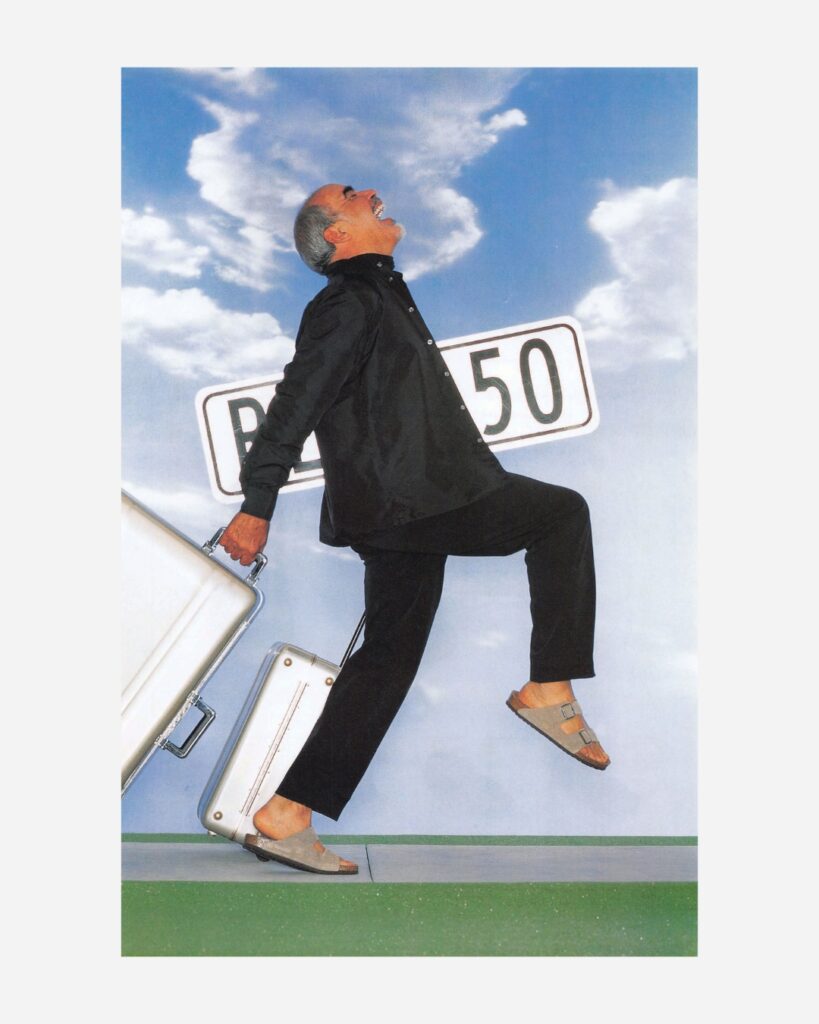
1774
The Birkenstock journey begins with Johannes Birkenstock, who establishes himself as a shoemaker in the village of Langen-Bergheim, Germany. Little did he know, he was founding a shoemaking dynasty.

1896
A groundbreaking innovation came from Konrad Birkenstock, the great-grandson of Johann Adam Birkenstock. After opening a shoemaker’s workshop in Frankfurt, Konrad made a revolutionary anatomically shaped shoe with a rounded heel that differentiated between the left and right foot.

1902
Konrad’s research into foot health led him to create the first anatomically shaped insole. Over the next decade, he developed a flexible insole made from cork and other materials, dubbing it the ‘Footbed,’ which became a registered trademark in 1925.
1920
The flexible Footbed insole proved to be a major success, alleviating foot pain and improving mobility for wearers. Konrad, alongside his son Carl, travelled across Germany, Switzerland, and Austria, promoting its benefits.

1963
The brand released its first original Birkenstock footbed sandal, developed by Carl’s son, Karl. This sandal, known as the Madrid, featured a standardised insole designed from measurements of countless feet.

1964
Birkenstock launched its first closed-toe sandal, later called the Zürich. Along with the Madrid, these styles gained popularity among the counterculture movement, as well as the general public.

1973
The iconic two-strap Arizona sandal made its debut. Originally available in black or white, it has since evolved into hundreds of variations and remains a bestseller, worn by celebrities such as Leonardo DiCaprio, Gigi Hadid, and Kaia Gerber.
1976
The Boston clog, a minimalist closed-toe alternative, was introduced for both indoor and outdoor use. Recently, shearling-lined versions have become popular in high fashion circles.

1983
After years of experimentation, Karl Birkenstock launched the thong-style Gizeh sandal, which quickly became a staple and remains part of the core collection today.

1985
Despite Birkenstock’s focus on foot health, its sandals gained traction in the fashion world. British Elle featured the Arizona and Boston models, and a young Kate Moss posed for The Face in Birkenstocks, sparking the brand’s red-carpet and runway presence.
1993
Marc Jacobs reimagined the Arizona sandal for his Spring ‘93 Grunge Collection at Perry Ellis. These limited-edition Arizonas, made from natural leather, silk, and suede with rhinestone details, were sold exclusively at Bergdorf Goodman.

2000s
Heidi Klum collaborated with Birkenstock, reinterpreting the Arizona, Madrid, and Amsterdam models with a biker-inspired twist.

2018 onwards
Birkenstock collaborated with renowned designers, including Rick Owens, Maison Valentino, and Jil Sander. They also partnered with Central Saint Martins students to explore innovative designs.

2024
Birkenstock celebrates 250 years of shoemaking, marking an enduring legacy of comfort, craftsmanship, and style.
Words: Sarah Murray
Photography: Supplied










